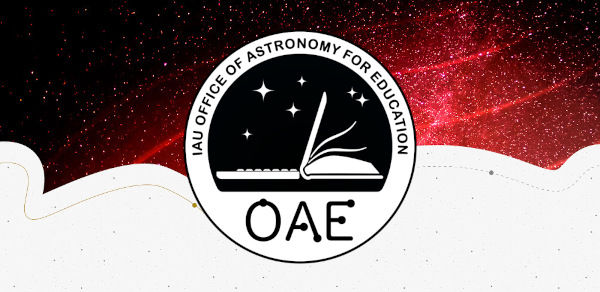This page describes an image Ceres
Image caption:
True-colour image of the asteroid Ceres acquired by the spaceprobe Dawn in May 2015, at a distance of 13641 km. The prominent, bright crater at right is Haulani. The smaller bright spot to its left is exposed on the floor of Oxo. Ejecta from these impacts appears to have exposed bright material, probably water ice.
Scroll to captions in other languages
Image credit:
NASA / JPL-Caltech / UCLA / MPS / DLR / IDA / Justin Cowart
Related glossary terms:
Asteroid Belt
, Crater
, Dwarf Planet
, Impact Craters
Categories:
Solar System
Image license: Creative Commons Attribution 2.0 Generic Creative Commons Attribution 2.0 Generic icons
The media file captions presented on the OAE website were written, translated and reviewed by a collective effort from the OAE, the OAE Centers and Nodes, the OAE National Astronomy Education Coordinators (NAECs) and other volunteers. You can find a full list of credits for our translation project here. All media file captions are released under a Creative Commons CC BY-4.0 license and should be credited to "IAU OAE". The media files themselves may have different licenses (see above) and should be credited as listed above under "credit".
Captions in Different Languages:
Image caption: Image en couleurs de la planète naine Cérès acquise par la sonde Dawn en mai 2015, à une distance de 13641 km. Le cratère proéminent et brillant à droite est Haulani. Le plus petit point lumineux à sa gauche se trouve dans le cratère Oxo. Les éjectas de ces impacts semblent avoir exposé des matériaux brillants, probablement de la glace d'eau.
Image credit: NASA / JPL-Caltech / UCLA / MPS / DLR / IDA / Justin Cowart
Related glossary terms: Ceinture d'astéroïdes , Crater , Cratères d'impact , Planète naine Caption translation status: Approved by a reviewer
Caption translators: Gilles Remy
Caption reviewers: Christophe Hermant
Image caption: Immagine a colori reali dell'asteroide Cerere, acquisita dalla sonda spaziale Dawn nel maggio 2015, a una distanza di 13641 km. Il cratere sporgente e luminoso a destra è Haulani. Il punto luminoso più piccolo alla sua sinistra è esposto sul piano di Oxo. I materiali espulsi da questi impatti sembrano rivelare materiale luminoso, probabilmente ghiaccio.
Image credit: NASA / JPL-Caltech / UCLA / MPS / DLR / IDA / Justin Cowart
Related glossary terms: Cratere , Crateri da impatto , Fascia degli asteroidi , Pianeta nano Caption translation status: Approved by a reviewer
Caption translators: Giuliana Giobbi
Caption reviewers: Rosa Valiante, Rodolfo Canestrari
Image caption: 这是一张由“黎明号”探测器在2015年5月在13641公里的距离拍摄的小行星谷神星的真彩色图像。右侧醒目的明亮陨石坑是豪拉尼(Haulani)陨石坑,其左侧较小的亮点位于奥克索(Oxo)陨石坑的底部。来自这些撞击的喷出物似乎暴露出明亮的物质,可能是水冰。
Image credit: NASA / JPL-Caltech / UCLA / MPS / DLR / IDA / Justin Cowart
Related glossary terms: 小行星带 , 撞击坑 , 环形山 , 矮行星 Caption translation status: Not yet approved by a reviewer
Caption translators: Li Jiankang
Image caption: 這是一張由“黎明號”探測器在2015年5月在13641公裡的距離拍攝的小行星穀神星的真彩色圖像。右側醒目的明亮隕石坑是豪拉尼(Haulani)隕石坑,其左側較小的亮點位於奧克索(Oxo)隕石坑的底部。來自這些撞擊的噴出物似乎暴露出明亮的物質,可能是水冰。
Image credit: NASA / JPL-Caltech / UCLA / MPS / DLR / IDA / Justin Cowart
Related glossary terms: 小行星帶 , 撞擊坑 , 環形山 , 矮行星 Caption translation status: Not yet approved by a reviewer
Caption translators: An automated transliteration from the simplified Chinese translation by - Li Jiankang









